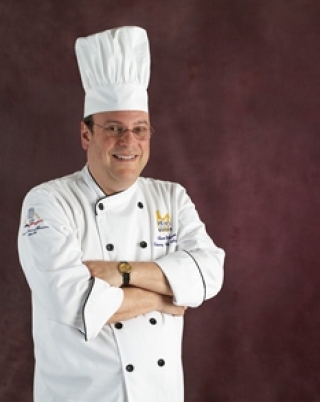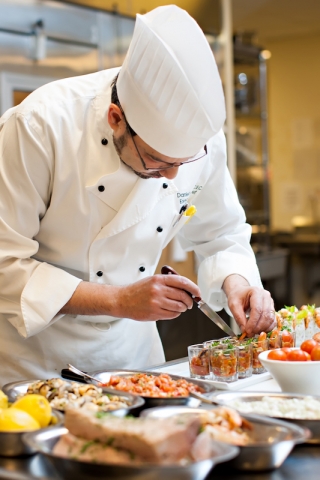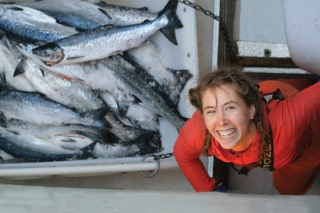
Defining the Ideal Culinary Educator
Monday, 29 February 2016 13:34The most important quality of a culinary program is the quality of its faculty and not the facilities. Spending time to identify a perspective educator’s “fit” is the most important time you will invest in your program.




